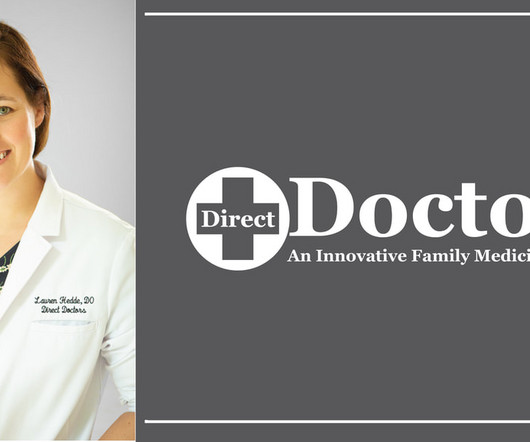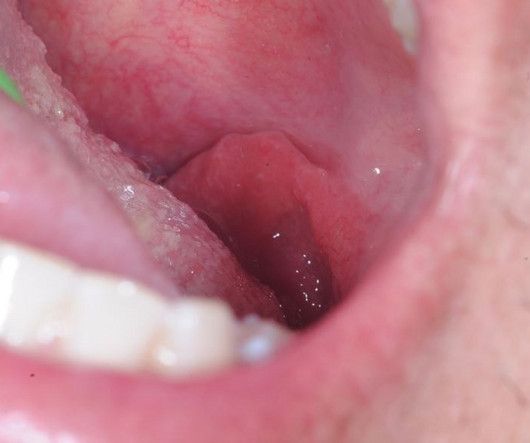What to Expect During a Primary Care Visit
Mesa Family Physician
JUNE 16, 2025
Whether you’re establishing care with a new physician or attending a new patient visit , understanding the process can help you feel more confident and prepared. This blog covers everything you need to know—from appointment types and coding to telehealth options and what really happens during your time with the provider.












Let's personalize your content